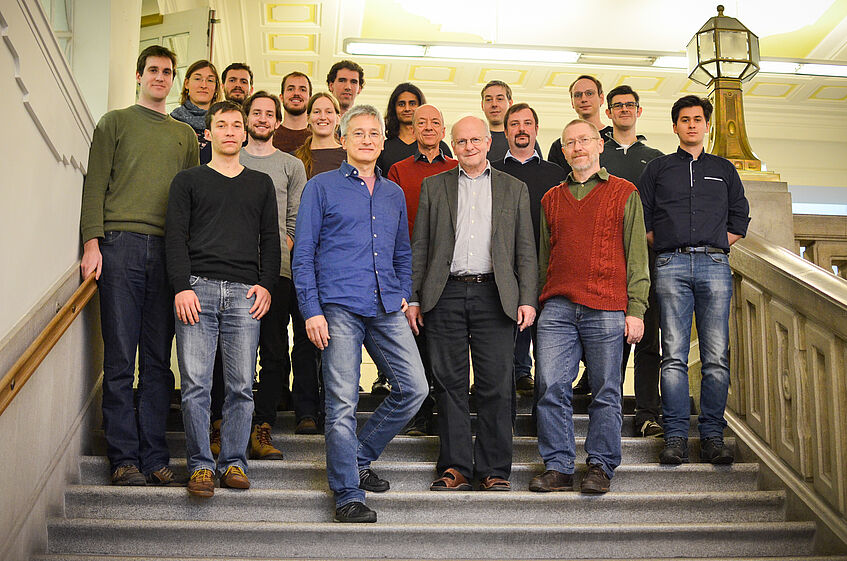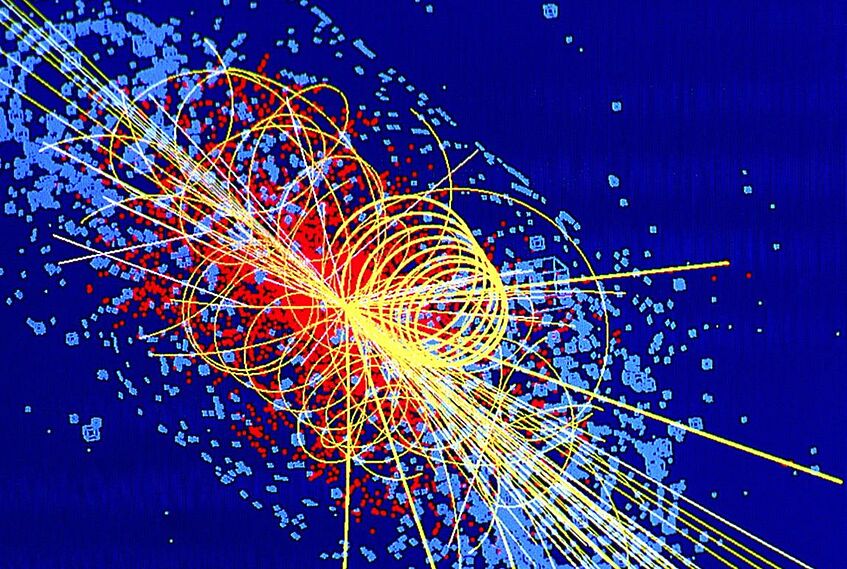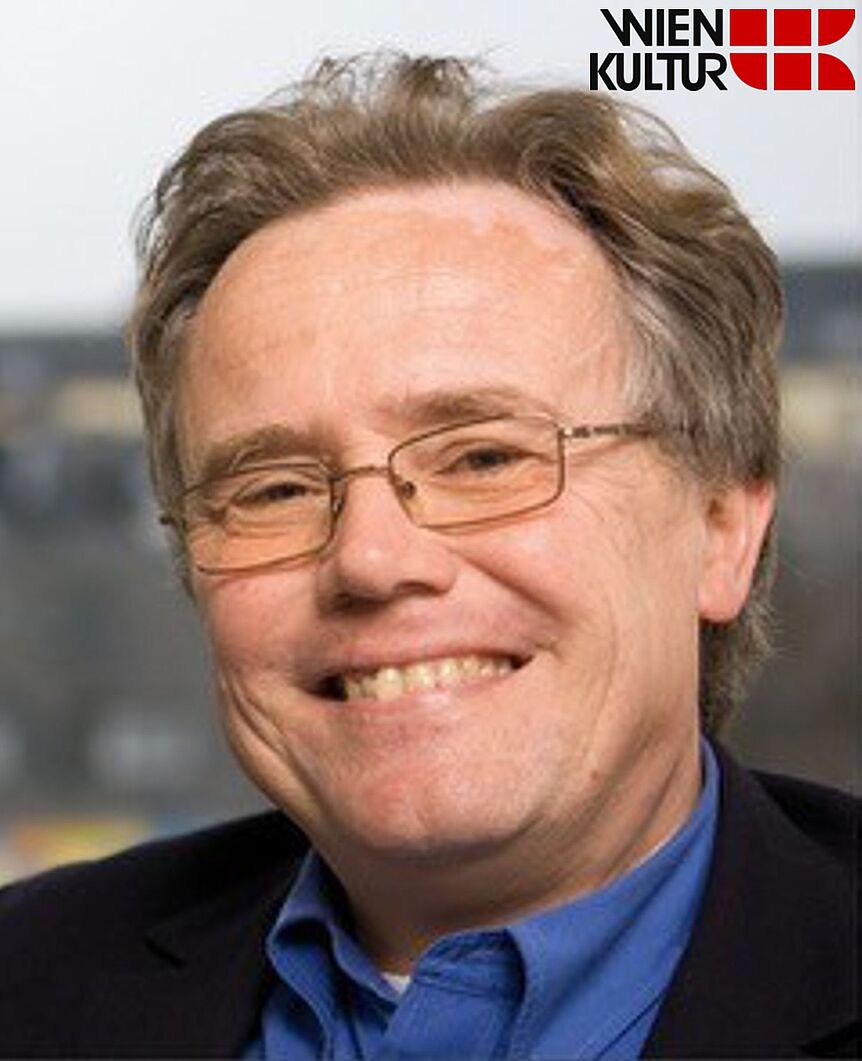
What is Particle Physics about?

What is Particle Physics about?
Particle physics deals with fundamental questions such as what matter is made of and what kinds of matter exist. The aim is to find out what the most fundamental entities (frequently called fundamental particles) are, what properties they have and how they interact in a way consistent with quantum physics. The answers give information on how the universe began and how it might evolve in the future.
Particle physics addresses these fundamental questions at the smallest length scales, either in particle production in high energy collisions or other reactions such as particle decays. The present knowledge on the known elementary particles is summarized in the so-called Standard Model, which is a beautiful and mathematically fully consistent quantum field theory. With the discovery of the Higgs boson in 2012 at the Large Hadron Collider, all particles contained in the Standard Model have finally been experimentally confirmed, and important concepts, such as spontaneous symmetry breaking, have shown to be inherent properties of nature at the most fundamental level. However, we also know that the Standard Model cannot be the final fundamental theory, because of its large number of free parameters and because it does not explain further phenomena such as the nature of the dark matter that is observed in astrophysical measurements.
Research Interests of the Particle Physics Group
The particle physics group is doing research work in a number of front line topics in particle physics:
Collider physics: We use quantum field theory to make predictions for important processes observed experimentally at the Large Hadron Collider [link] and at potential future colliders [link unten]. Since it is not possible to solve the Standard Model equations of motion exactly, we rely on perturbative methods such as the computations of Feynman diagrams.
Effective Field Theories: Effective field theory methods can often increase the predictive power in quantum field theory calculations. They allow us to resum certain perturbative corrections to all orders or to quantify nonperturbative effects. Important effective field theories are Soft Collinear Effective Theory (SCET) for the treatment of high energy jets, Chiral Perturbation Theory (ChPT) describing the low-energy limit of Quantum Chromodynamics (QCD) or nonrelativistic QCD for heavy quark-antiquark bound states (quarkonia). The Standard Model itself can be seen as the leading order approximation of a more general Standard Model Effective Theory (SMEFT).
New Physics: 'New Physics' refers to particle physics research on fundamental physics that is not described by the Standard Model. The research on new physics includes the study of possible signatures of dark matter in the direct and indirect searches or the search for deviations of experimental data from precise Standard Model predictions. Important aspects in the research on new physics are to provide model-independent parametrizations of potential effects of new physics (e.g. SMEFT) and to increase the precision of Standard Model predictions.
Top Quark Physics: The top quark is the heaviest known elementary particle. One top quark has about the mass of a single whole gold atom. The precise measurement of it properties are key to understand details of the Standard Model related to the electroweak sector, including Higgs physics, and in the indirect search for new physics.
Low-energy QCD observables and flavor physics: High precision low-energy observables such as the muon g-2, or the decay and scattering properties of mesons or heavy leptons are confronted with high-precision predictions in the Standard Model. This provides indirect constraints in the search of new physics which can uncover subtle aspects beyond the reach collider physics studies.
Perspectives
Recently, a new particle has been discovered at the LHC experiment which has properties consistent with the so-called Higgs boson. Further investigations will clarify whether the new particle is indeed the Higgs boson and whether we understand correctly the mechanism behind matter manifesting itself in massive objects. Particle physics also searches for deviations from the Standard Model predictions which would indicate exciting new physics to be explored. Investigations of neutrinos should soon be able to uncover their intrinsic nature (Majorana vs. Dirac). Collider experiments at lower energies but with very high precision allow to test the flavour structure of elementary particles and to search for new physics indirectly
Group Speaker
Univ.-Prof. Dr. André H. Hoang
e-mail: andre.hoang@univie.ac.at
Boltzmanngasse 5, room 3508; phone: (01) 4277 51559
Deputy Group Speaker
Ass.-Prof. Dr. Massimiliano Procura Massimiliano Procura
e-mail: massimiliano.procura@univie.ac.at
Boltzmanngasse 5, room 3507; phone: (01) 4277 72402
News
Regular Seminar on Particle Physics
Weekly seminars on particle physics take place at the Erwin Schrödinger lecture hall, Boltzmanngasse 5, 5th floor on Tuesday at 16:15.
Vienna Lunch Club Seminar
by Florian Benedetti (TU), Jan Lüdtke (UV), Christoph Regner (UV), and Daniel Schuh (TU)
Tuesdays 12:15-13:30
held alternatively at:
TU Wien (Wiedner Hauptstr. 8-10, yellow area, 10th floor, seminar room E136)
Uni Wien (Boltzmanngasse 5, 5th floor, Schrödinger Lecture Hall)


